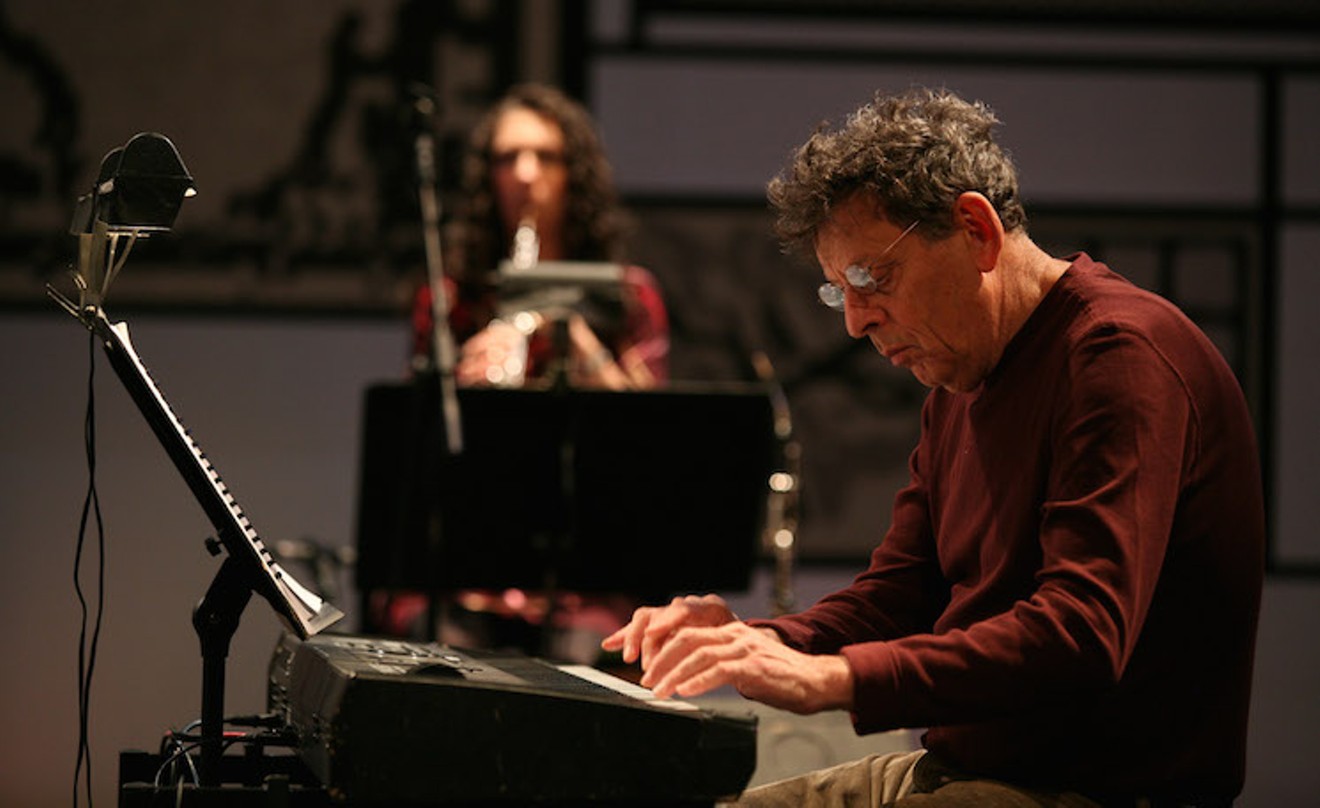The Double Concerto was electrical in atmosphere, spare and desolate in tone. In its desert of spindly percussion and groaning drones, it offered a glimpse of art music's future — or one potential and thrilling version, anyway.
It displayed reverence for and understanding of past conventions while also rebelling against them. It wasn’t radical in an obvious way — like a Stockhausen, Schoenberg or Ligeti composition might be — but to see it live was exhilarating.
If the Double Concerto has a defining quality, it’s a sense of perpetual movement, an impression that you’re always headed to the next thing — to the next timbre, to the next emotion, to the next peak or valley. The music’s modular structure amplifies this phenomenon.
The Double Concerto mostly moves along a forward trajectory where sounds are arranged in neat, sequential clusters, delivered one at a time. Each object is given ample space to breathe, like a collection of framed artworks hung in a gallery. This economical and eerily symmetrical approach made Friday’s performance feel soothing and also somewhat threatening.The performance was at times overwhelmingly beautiful. At others, this beauty was shot through with anxiety and despair.
tweet this
After intermission, Bruckner's Eighth Symphony made its entrance, at first creaky and later thunderous. What motion is for the Double Concerto, flux is for Bruckner’s Eighth Symphony. It is animated principally by stark, sudden contrasts: between total silences and sublime crescendos, triumph and doom, tranquility and hellish tension.
The Eighth Symphony is celebrated for its lush maximalism, for its universe of a thousand moving parts. And that’s exactly how the DSO, under the command of Jaap van Zweden, played it. The performance was at times overwhelmingly beautiful. At others, this beauty was shot through with anxiety and despair. The harps glimmered, the brass blazed, the string section shrieked and the percussion’s most memorable moments weren’t drummed; they were detonated.
Tradeoffs defined Friday night’s performance. The orchestra was less taut and fiery for Glass, but the piece was somehow enhanced by this brittle, almost gaunt execution. The orchestra was in remarkable form for Bruckner — meticulous but organic, confident and bold — but the work didn’t take flight like the very finest Bruckner Eight performances (like, say, Karajan with the Vienna Philharmonic, 1988).
Still, it was nearly impossible to find fault with anything on Friday. It was one of those experiences where all the various pieces fall together, anticipation and expectation finally click, and something like magic occurs. When the performance ended, the audience, as if there were no other conceivable option, cheered for five minutes.











